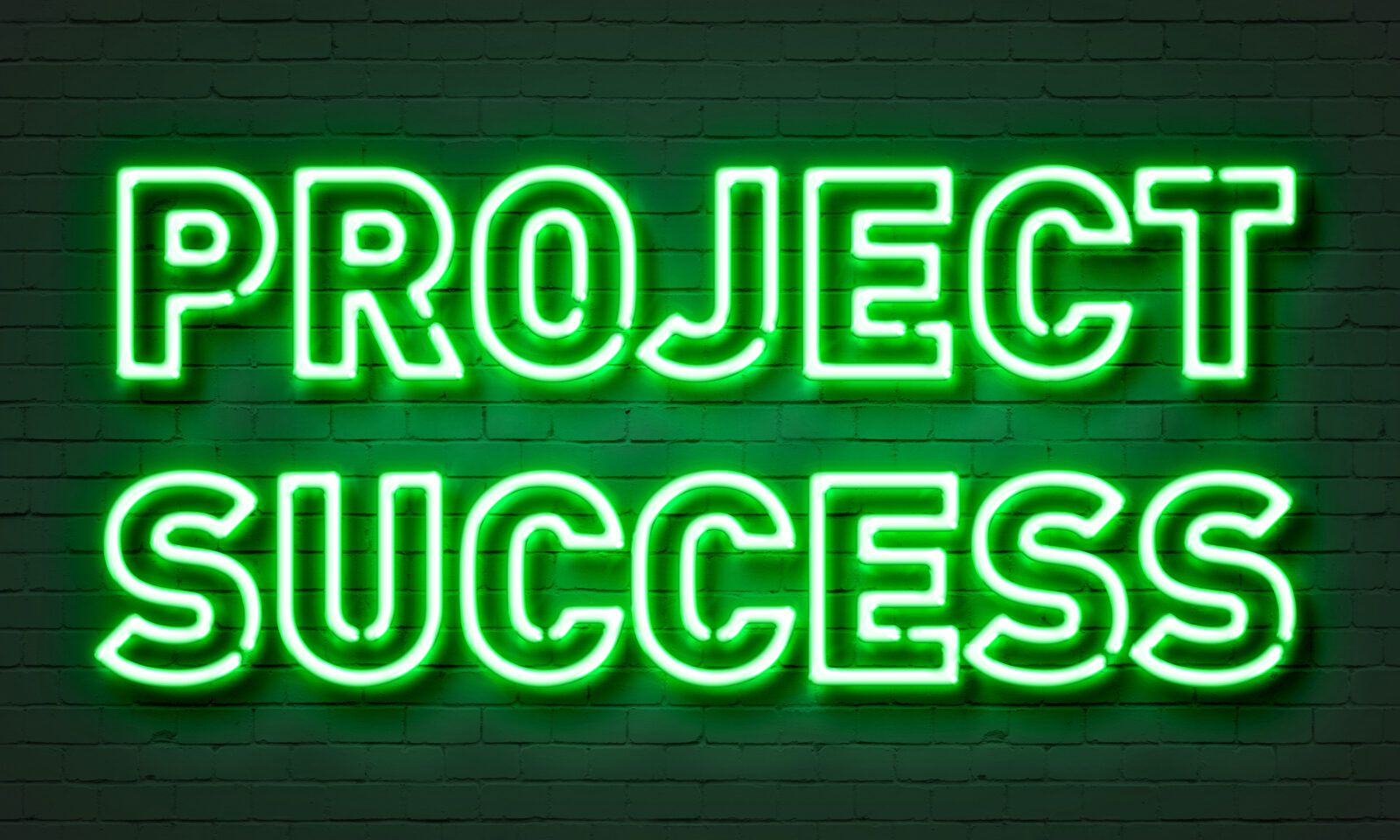By: Jeff Agner
It is that time of year to celebrate good fortune and revel in the what-ifs that a bit of luck might bring us. While it may be exciting to stretch back and kiss the Blarney Stone or to scan the clover patch beneath your feet for that rare four-leafed variety, the magic brought by these luck-conjuring activities does not guarantee a successful outcome.
Project success is realized when a project is not merely completed but when the established goals and objectives are realized. Although the formal recognition of success does not come until the end of a project, it is important to establish milestones that incrementally measure a project’s progress throughout its many phases. This not only allows you to predict the chances of success and anticipate outcomes but also gives you a set of objective criteria to evaluate the results. In this way, the achievements can be verified at the end of the project and genuine success can be declared.
The following three fundamental project management techniques will not guarantee success any more than a rabbit’s foot in your pocket or a horseshoe hung above your project office doorway can, but they can provide you with confidence that your project is on the right track.
Review, Organize, and Add Visibility to your Project’s Specifications
Project specifications are formal guidelines that highlight a project’s objectives, timeframes, resources, and requirements. Specifications must describe the project’s final deliverable, but simply satisfying this last element alone does not determine the success of a project. Once project goals and components are clear, post them in conspicuous locations that are accessible by project team members and project stakeholders alike. This visibility will clarify and socialize the more nuanced facets of the project and ensure that all parties are aware of what constitutes project success.
Establish a Quality Assurance Process to Measure Pace and Quality
A beneficial quality assurance program involves a series of actions designed to ensure the outcomes of a project meet the expected requirements. Work is assessed against clear, well-defined standards, and corrective action can be taken before the final product’s quality is jeopardized. Moreso, when outputs consistently satisfy these periodic tests, the frequency of work can be increased to the benefit of the overall project schedule. Prepare and distribute project metrics on a regular cadence transparently so that opportunities for improvement can be recognized and further collaboration is encouraged.
Gauge Both Project Team AND Stakeholder Satisfaction Early and Often
The resources closest to the work often have the best vantage point. If the project team feels proud of their work, the objectives are likely being achieved and the expected quality level is being met. Both solicited and unsolicited feedback from stakeholders is also a great indicator of a project’s prospect of success. Celebrate your team’s accomplishments and regularly showcase progress to your stakeholders, even if it may seem insignificant in the grand scheme of the project.
With these simple yet crucial project management strategies in place, you can expect a pot of success waiting for you at the end of your project’s rainbow.

